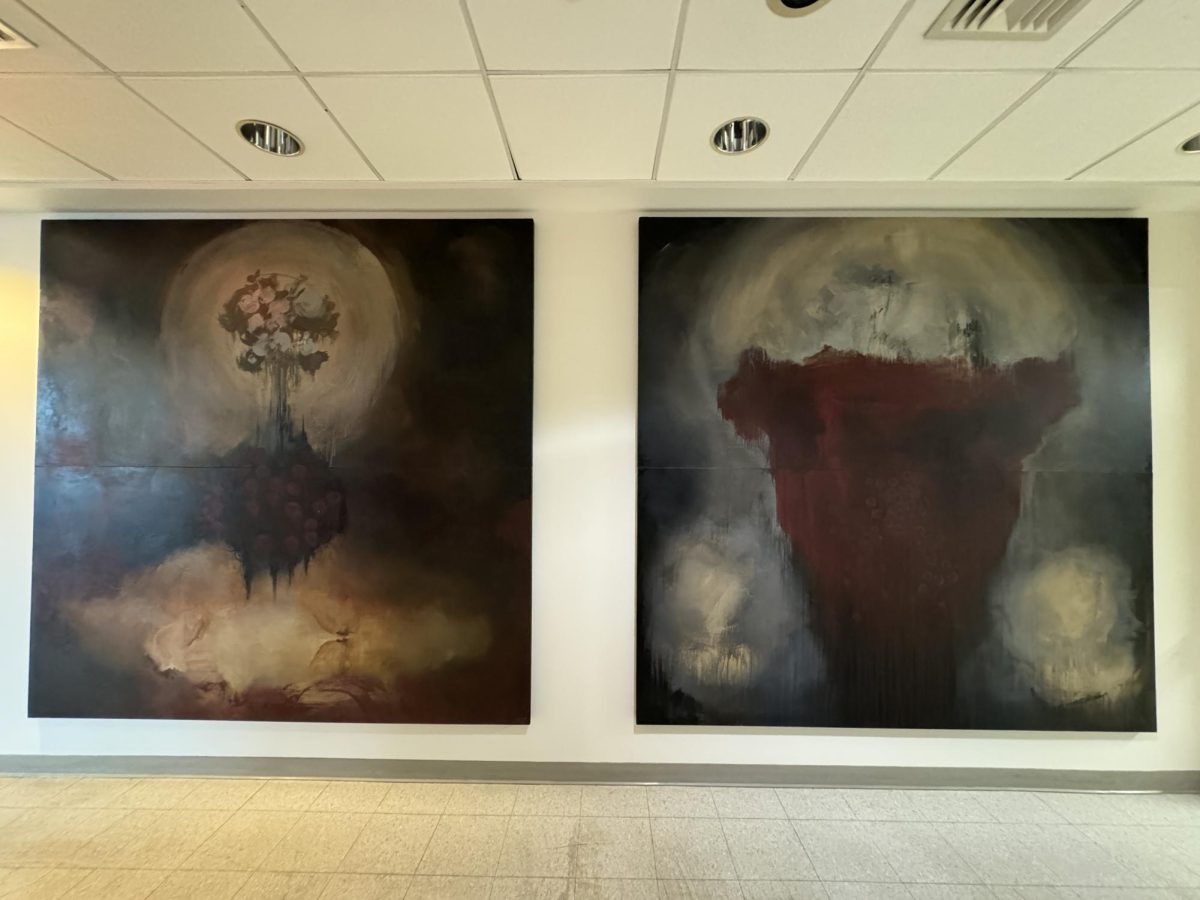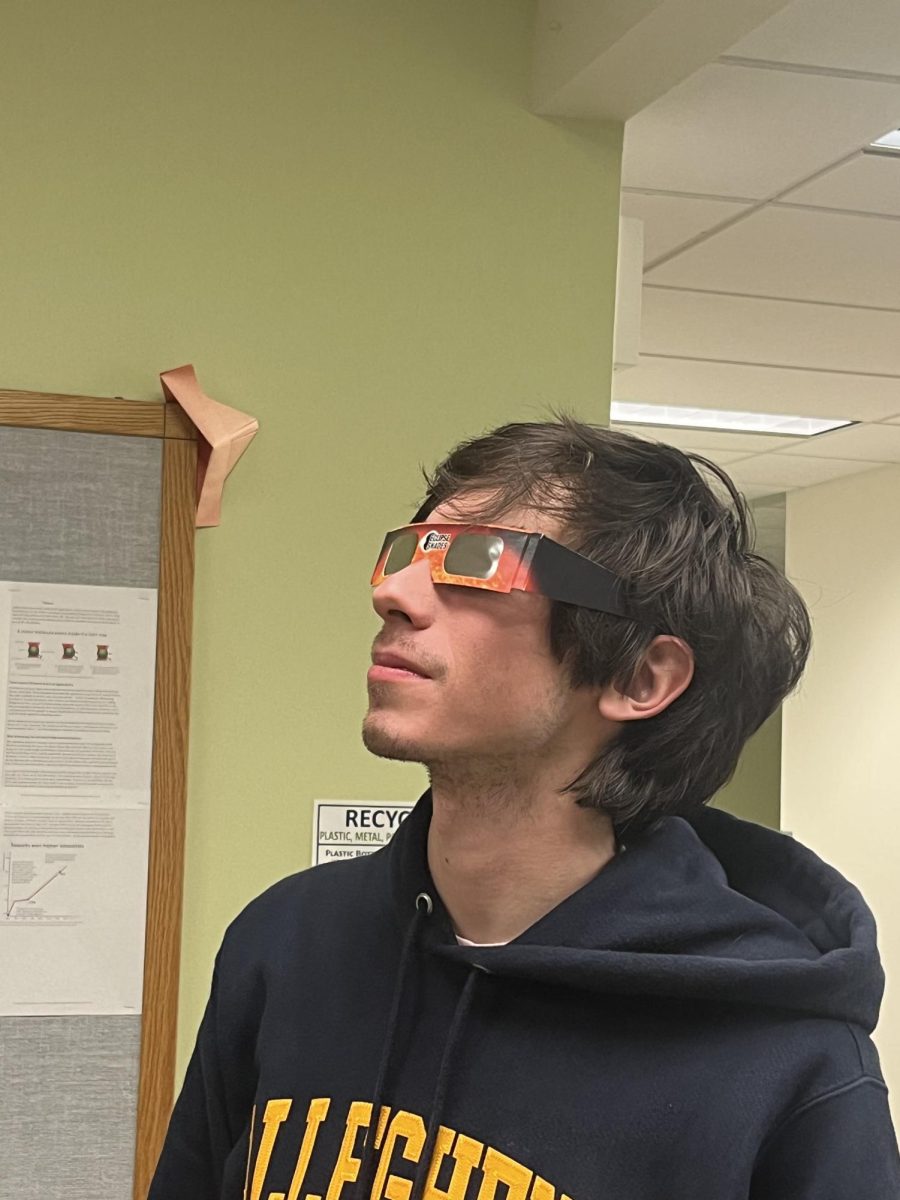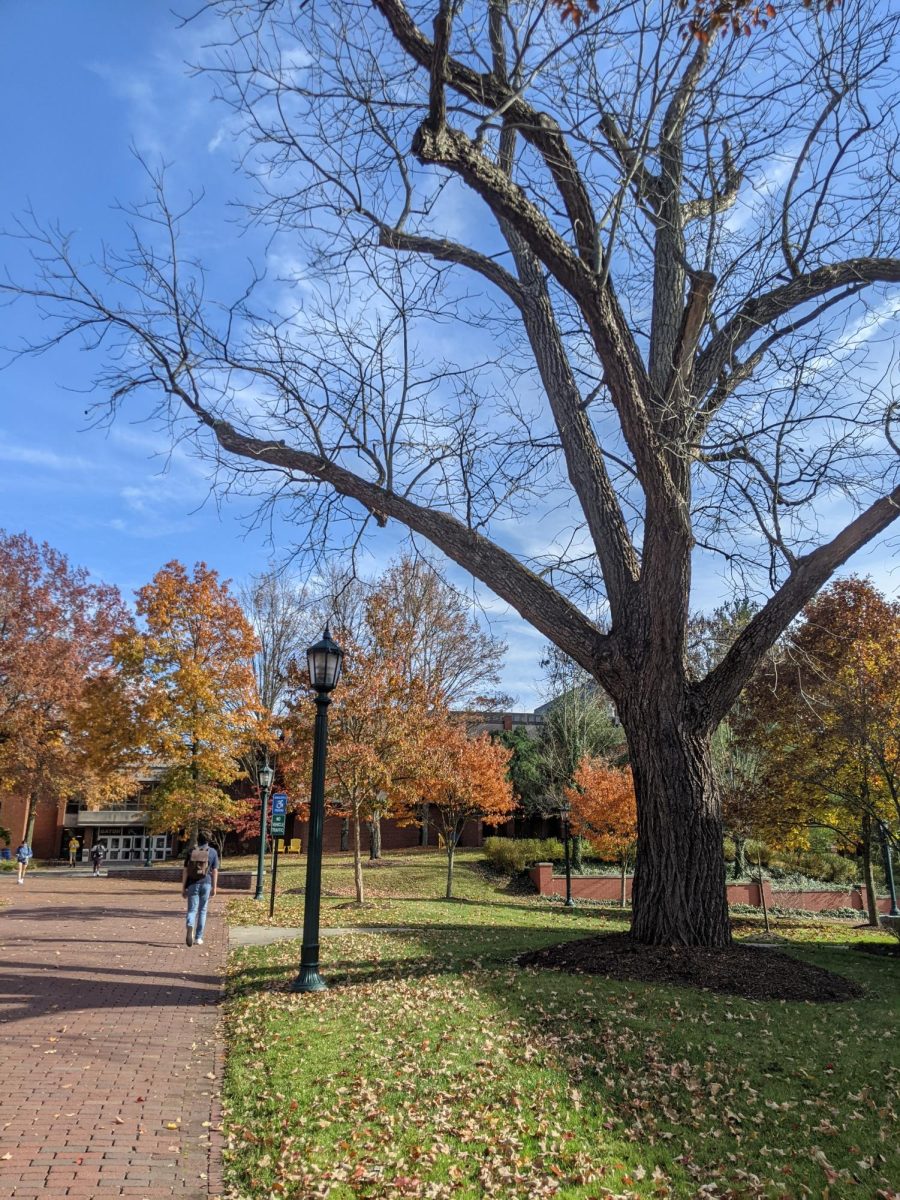By John McCool
On a dark and cold January morning, an Allegheny student wakes up in the early hours of the morning. She feels sluggish and disoriented, craving a stack of waffles. This student feels irritable, lacks focus and has withdrawn from her friends. This student most likely suffers from Seasonal Affective Disorder (SAD).
The winter skies have become a constant presence in Meadville. Sunlight rarely seems to penetrate the darkening gray clouds. Most birds have migrated into warmer climates, while the hedgehogs, bears and raccoons burrow deep into the ground. However, the human race must continue to study, work and struggle through winter.
Seasonal Affective Disorder impacts thousands of U.S. residents every year. Although SAD patients usually live in colder climates, people living in mid-Atlantic latitude areas are also affected. The frequency of SAD increases closer to the North and South Poles. In Alaska, nearly 10 percent of the population suffers from SAD, while only about 2 percent of Florida residents are affected by this disorder.
There is a growing debate over whether SAD is a mental illness or a specific type of depression. Although there is no gene linked to this disorder, SAD patients often have depressed or alcohol-abusing relatives.
“Typically, we see if the same symptoms are present, but we are looking for a pattern in the symptoms that seem to get worse during January, February and March, and then lighten in the summer months. There is not really a difference in the feeling of depression,” said Kim Coddington, professor of psychology at Allegheny College.
SAD patients typically have feelings of emptiness, fatigue, and suffer sleep disturbances, which are linked to the symptoms of moderate depression. They are also prone to concentration lapses and frequent carbohydrate cravings.
Researchers believe that serotonin, a neurotransmitter in the brain, partially shuts down during the winter months. Serotonin, which is linked to happiness and well-being, may trigger SAD symptoms by having decreased levels during winter.
In contrast, melatonin, a hormone that controls the sleep-wake cycle, is secreted at higher levels during the winter. The increased melatonin production may explain an SAD patient’s feelings of sluggishness and fatigue over the course of the day.
“Vitamin D deficiency also shows up in the blood work for many SAD patients,” said Coddington. “There may be a link between vitamin D deficiency and the emotion of depression.”
However, there are remedies to fight the winter blues. SAD patients can undergo. light therapy everyday to increase light exposure. A light therapy patient usually sits in front of a light box (artificial light) for at least 30 minutes everyday during the winter months.
Although light therapy has not been clinically proven as a treatment for SAD, it is thought to enhance chemical receptors in the brain linked to good mood. It also helps reduce the melatonin production.
“Although there is conflicting perspectives on the effectiveness of light therapy, I believe that it helps these patients,” Coddington said.
Aside from light therapy, changing your diet and exercise habits helps lower feelings of depression. Instead of eating a bagel or pancakes for breakfast, eat a steady supply of fruits, vegetables and soups, which contain higher concentrations of amino acids.
An early morning walk or a jog can also lower stress levels, while increasing exposure to natural sunlight.
SAD remains a fixture of winter. As the dark winter days wind down, the warmth and sunlight of spring will be a welcome sight for thousands across the United States.





